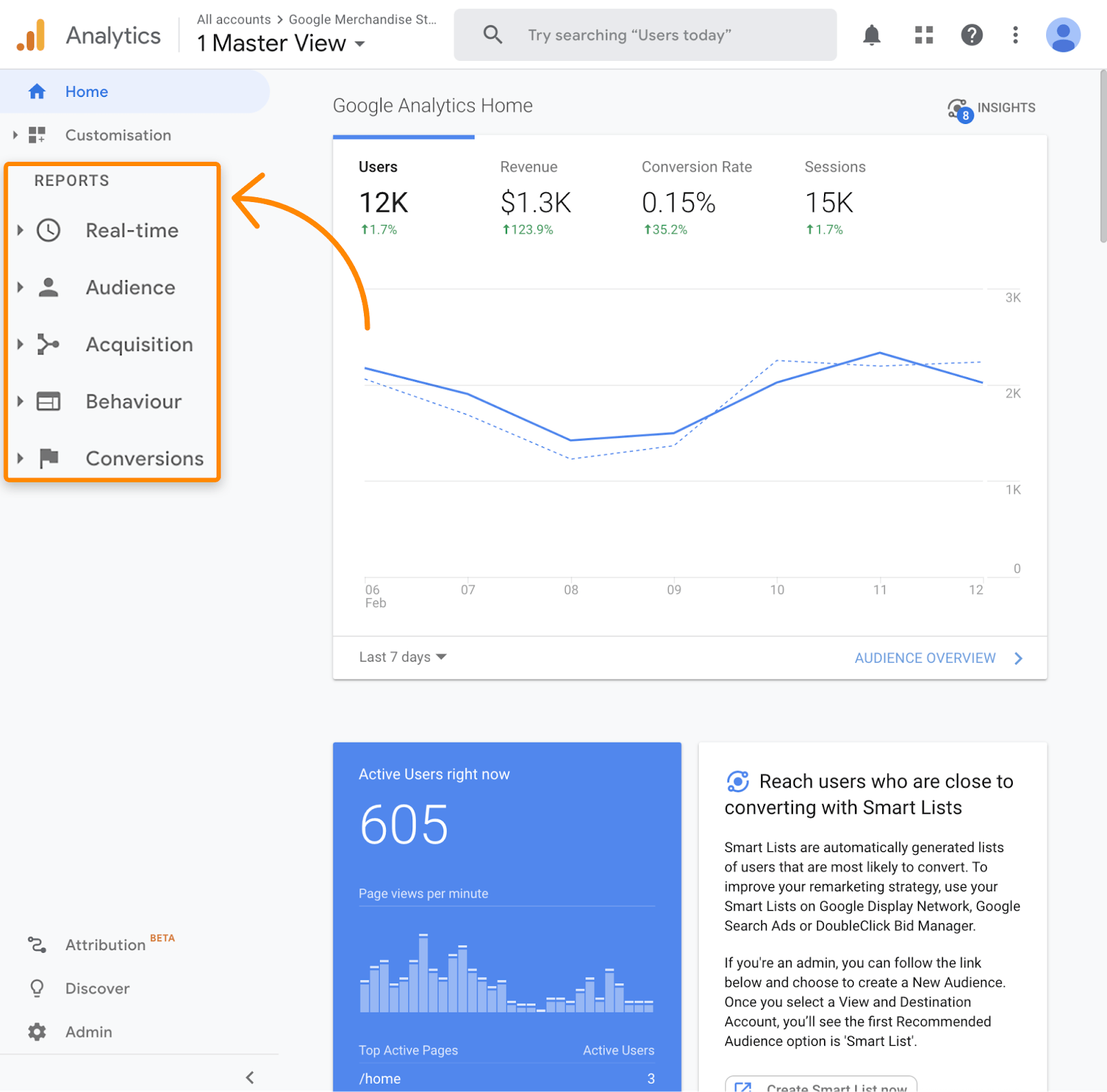Thorough Take A Look At Secondary Dimensions in Google Analytics: Definition and Ideal Practices
Thorough Take A Look At Secondary Dimensions in Google Analytics: Definition and Ideal Practices
Blog Article
Unveiling the Impact of Additional Dimension in Google Analytics on Data Evaluation and Insights
In the realm of information analytics, the usage of additional dimensions within Google Analytics has actually arised as a critical tool for drawing out deeper understandings and unraveling facility patterns that may or else remain obscured. By peeling off back the layers of primary data collections, second measurements supply a nuanced point of view that improves the understanding of customer behavior, site efficiency, and the efficiency of marketing strategies.
Exploring the Idea of Additional Measurements
Secondary measurements in Google Analytics provide added understandings by permitting customers to evaluate main data together with a second feature. This attribute makes it possible for an extra detailed understanding of the main information by adding an additional layer of details for evaluation. By including second measurements, individuals can dive much deeper into the data and discover useful correlations that might otherwise go unnoticed. For instance, by coupling the primary data of website web traffic with secondary measurements like demographics or habits, online marketers can obtain a much more thorough sight of their audience and tailor their approaches as necessary.
By exploring the numerous additional dimensions available in Google Analytics, individuals can unlock brand-new insights and optimize their digital marketing efforts. In significance, additional dimensions serve as an effective device for boosting data evaluation and driving workable results.
Enhancing Data Interpretation With Additional Dimensions
Having actually developed the fundamental understanding of additional dimensions in Google Analytics and their critical function in data evaluation, the focus currently moves in the direction of leveraging these second characteristics to improve the interpretation of analytics information (what is a secondary dimension in google analytics). By incorporating additional dimensions into information analysis, analysts can acquire deeper insights right into user actions, website efficiency, and marketing effectiveness
Moreover, second measurements aid in contextualizing main data metrics by giving extra layers of information. This contextualization aids in recognizing the 'why' behind the information fads, helping analysts make informed decisions and optimizations to boost overall efficiency. Inevitably, incorporating additional measurements improves the data analysis procedure, resulting in even more strategic actions and meaningful insights.
Uncovering Hidden Insights Via Secondary Dimensions
Exploring the midsts of analytics data with second measurements discloses beneficial insights that would certainly or else remain covered. By incorporating secondary measurements in Google Analytics, services can uncover surprise patterns, fads, and correlations that provide an even more extensive understanding of customer actions and site efficiency. These additional layers of information enable experts to dive much deeper into the primary measurements, such as traffic resources or landing web pages, and obtain a much more nuanced viewpoint on just how different variables engage with each other.
Through the use of second measurements, experts can sector and contrast information throughout numerous measurements, enabling them to identify particular factors that affect user engagement, conversion prices, and general success metrics. By combining the primary dimension of 'gadget group' with the second measurement of 'age group,' marketers can determine which age demographics like accessing the web site with mobile gadgets versus desktop computers. This degree of granularity equips organizations to make data-driven decisions and optimize their strategies for far better outcomes. Eventually, discovering concealed insights via second measurements enhances the deepness and precision of information evaluation, causing even more enlightened decision-making and enhanced performance outcomes.
Leveraging Second Measurements for Actionable Analytics
Structure upon the understandings introduced through secondary dimensions in Google Analytics, organizations can currently harness this enriched information landscape to drive actionable analytics and tactical decision-making. By leveraging additional useful link dimensions, companies can dig deeper into their information to extract valuable patterns, fads, and relationships that might have previously gone undetected. This much deeper degree of evaluation allows companies to get a more comprehensive understanding of user actions, project performance, and overall internet site performance.
One trick advantage of utilizing second dimensions for actionable analytics is the capacity to section information based on specific criteria. This division allows services to tailor their campaigns and techniques to various target market groups, leading to more targeted and reliable marketing efforts - what is a secondary dimension in google analytics. Additionally, second dimensions give a more alternative view of individual communications, making it possible for services to optimize their web site content, layout, and overall individual experience
Making Best Use Of Decision-Making With Second Measurements
To boost calculated decision-making in analytics, leveraging secondary dimensions in Google Analytics can offer a much more nuanced perspective on individual actions and campaign efficiency. By integrating secondary dimensions into information analysis, companies can delve much deeper right into the specifics of their website site visitors' communications and interaction patterns. This additional layer of information enables for an extra detailed understanding of how different variables, such as demographics, tools, or traffic resources, influence vital efficiency signs.

Verdict
Finally, the use of second measurements in Google Analytics plays an essential role in improving information analysis and revealing covert understandings. By discovering this idea, one can obtain a deeper understanding of user behavior and make notified decisions based on actionable analytics. Leveraging additional measurements allows for a much more detailed interpretation of data and optimizes the effectiveness of decision-making procedures.

Report this page